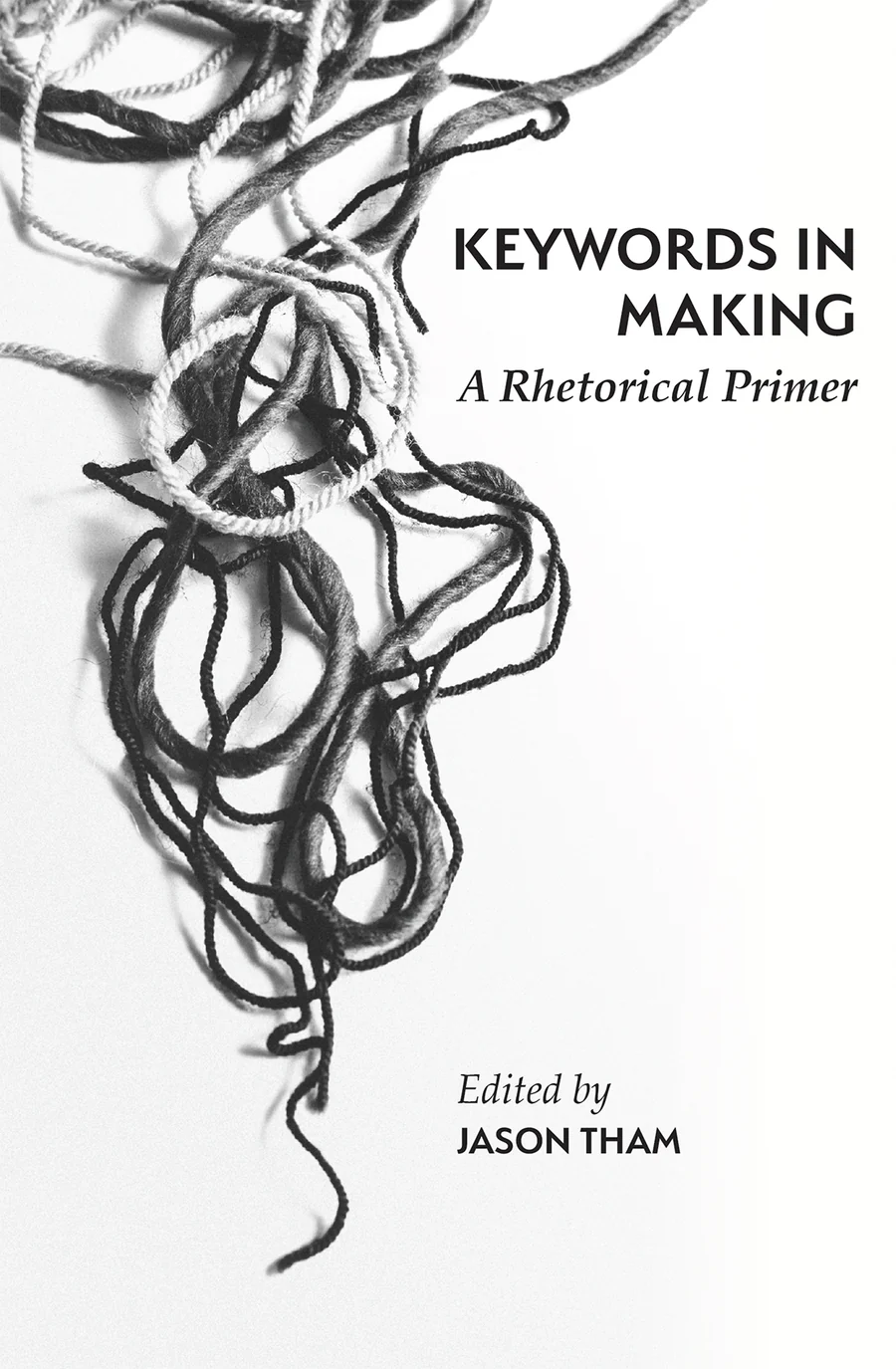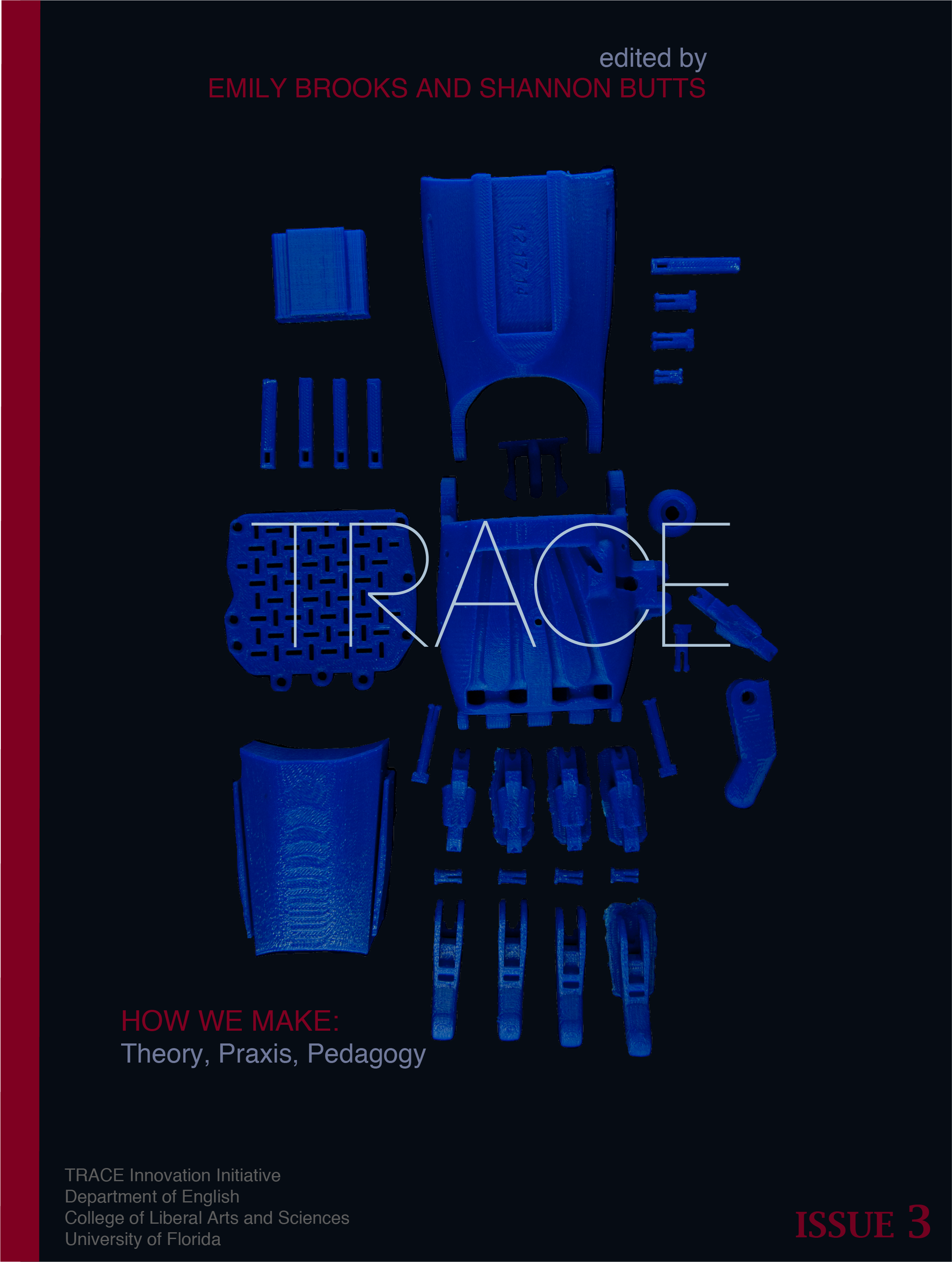Edited Collections
"Physical Computing" in Keywords in Making: A Rhetorical Primer (2024) edited by Jason Tham
Physical Computing
Emily F. Brooks
Physical computing pairs computer software and hardware to create an interactive experience. Physical computing generally refers to using a combination of sensors (input), microcontrollers (computation), and other material components (output). Sensors typically measure analog input from the environment, e.g., pressure, light, temperature, movement. The sensors are connected to a single-board microcontroller via digital and analog input/output pins. Microcontrollers are small (~2x3 inches), inexpensive (~$22) computers that can perform basic calculations and input to output conversions, but have no peripherals like we might expect from a computer (monitor, mouse, keyboard, etc.). The data input from the sensors is then used to control things like motors, light-emitting diodes (LEDs), and piezos (vibrational sound elements).
Arduinos are the most common microcontrollers used in humanities physical computing as they are open-source and the software is easy to use and well documented. The Arduino microcontrollers are useful for prototyping in a plug-and-play environment before creating more permanent projects with soldering and printed circuit boards (PCBs). Most parts can be purchased from online vendors, especially Arduino, Sparkfun, and Adafruit. Arduino also has a particularly useful language reference that explains the terminology in the code and provides examples of how it can be used.
An easy way to program the microcontroller is to connect it to a computer via USB and use the Arduino integrated development environment (IDE), which will verify the code, looking for any bugs, and then upload it to the board, where it will be saved without requiring further connection to the computer. As long as the Arduino has a power supply, like a 5 volt battery, it can continue to run the program in exhibits, field work, home installations, etc.
Physical Computing in Humanities Pedagogy and Research
While physical computing projects are prevalent in STEM, they are also becoming popular in humanities pedagogy and research. At the University of Maryland, Kari Kraus assigned her students to augment the book, and student Clifford Hichar used the Lilypad Arduino to illuminate the illustrations with LEDs. A team at the University of Western Ontario used an Arduino to recreate a 19th century card-playing magic trick automaton. A team at the University of Victoria also recreated an optophone using a Raspberry Pi (a single-board computer) and camera to take photos of texts and convert the images into sounds.
Physical computing is a major component of DIY and maker culture because of its experimental nature. The setup makes it easy to code, assess, and revise, often tweaking previously existing code to perform new actions desired. This also makes it a valuable learning experience for students in the classroom, to learn about the drafting and revision process. It is also a rewarding experience to see more immediate material outcomes of textual inputs, like making a light blink at 1-second intervals with just seven lines of code. Some pedagogical implications of prototyping with physical computing are learning to communicate in a new language, identifying puzzles and seeking solutions, demystifying technology, and learning by making.
References and Recommended Readings
Adafruit. Retrieved from https://www.adafruit.com/
Arduino Language Reference. Retrieved from https://www.arduino.cc/reference/en/
Arduino Official Store. Retrieved from https://store.arduino.cc/usa/
Culkin, J. (2014). Arduino! [Informational comic] Retrieved from http://www.jodyculkin.com/wp-content/uploads/2014/03/arduino-comic-2014.pdf
Elliott, D., MacDougall, R., & Turkel, W.J. (2012). "New old things: Fabrication, physical computing, and experiment in historical practice." Canadian Journal of Communication, 37(1). Retrieved from https://doi.org/10.22230/cjc.2012v37n1a2506
Hancock, C., Hichar, C., Holl-Jensen, C., Kraus, K., Mozafari, C., & Skutlin, K. (2013). "Bibliocircuitry and the design of the alien everyday." Textual Cultures, 8(1). Retrieved from https://doi.org/10.14434/TCv8i1.5051
Igoe, T. (2008). All about microcontrollers. Retrieved from https://www.tigoe.com/pcomp/code/controllers/all-about-microcontrollers/
Igoe, T. & O’Sullivan, D. (2004). Physical computing: Sensing and controlling the physical world with computers. Thomson Course Technology.
Kinniburgh, M.C. (2017). Arduino tutorial: Things to do in a maker space. Retrieved from https://github.com/mckinniburgh/ArduinoTutorial/blob/master/ArduinoTutorial.md
Sayers, J. (2016). Repository for physical computing and fabrication course at DHSI 2016. Retrieved from https://github.com/uvicmakerlab/dhsi2016
Sparkfun. Retrieved from https://www.sparkfun.com/
Turkel, W.J., Sayers, J., & Elliott, D. (2014). Physical computing and desktop fabrication for humanists. Retrieved from http://dhsi.org/content/2014Curriculum/13.%20Physical%20Computing%20and%20Desktop%20Fabrication%20for%20Humanists%202014.pdf
See also: Digital Fabrication, FabLab, Modularity, Rapid Prototyping
"Digital Fabrication" in Keywords in Design Thinking: A Lexical Primer for Technical Communicators and Designers (2022) edited by Jason Tham
Digital Fabrication
Emily F. Brooks
Digital fabrication is an umbrella term that includes several specific maker processes that require a digital design to create a material output. The three main types of digital fabrication are 3D additive (3D printing), 2D subtractive (laser cutting), and 3D subtractive (CNC milling).
3D Additive
The term 3D printing is typically used to describe rapid 3D plastic prototyping, often generating a smaller scale model using cheaper materials until the design is settled and a mold can be created for mass production in more expensive materials. 3D printers are basically hot glue guns except they use plastic filament instead of glue and the nozzle moves with motors on precise XYZ coordinates to build up a composite of slices or layers to create a cohesive model. The most common plastics used in 3D printing are PLA (polylactic acid) which is more biodegradable and creates less toxic fumes and ABS (acrylonitrile butadiene styrene) like in Legos, which is much sturdier. In addition to plastics, makers have tinkered with 3D printing in typical materials like resin, clay, and metals, as well as more unconventional materials like chocolate, cheese, and pancake batter. 3D prints are made from 3D models in file types like STL (stereolithographic) or OBJ (object) from computer-aided design (CAD) software like Tinkercad (amateur), Blender (hobby), Maya (professional artist), or AutoCAD (professional engineer). Some sites, like Thingiverse, offer free or paid models to download and print. 3D printers come in a wide range from hobby to professional, and many can now be found in university libraries and makerspaces.
2D Subtractive
Laser cutting is often used to cut out pieces or add etched designs to usually flat materials like wood or plexiglass/acrylic, although the technology has become advanced to where you can laser cut pretty much anything, even toast and cookies. Laser cutters require digital design files that specify cut (vector) or etch (raster), and the laser cutting machine can vary the speed and power of the laser to affect the depth of the cut. Designers typically want to output an SVG (scalable vector graphics) file from any design software like Adobe Illustrator, which provides precise coordinates of paths to cut out the final design. Laser cutters produce toxic fumes and are a fire hazard so are usually not found in libraries, but can be found in fabrication laboratories (fab labs). Crafters can also cut thinner materials like paper, cardstock, and vinyl using computer-aided design vinyl cutters like Cricut and Silhouette Cameo that likewise accept vector files and can be found in libraries and makerspaces.
3D Subtractive
CNC (computer numerical control) mills or routers are advanced tools used to cut out a design from a pre-existing material, rather than build up from scratch. CNC milling can cut through plywood, plastic, foam board, and even metal to create a 3D design from a specific computer code. These are expensive machines and are only occasionally found in makerspaces.
Digital Fabrication in Humanities Pedagogy and Research
Humanities scholars are using digital fabrication in pedagogy and in research to materialize concepts. For example, Aaron Santesso from Georgia Institute of Technology (2017) assigned his students to laser-cut Renaissance style medallions inspired by the literature they were reading. As a PhD student, Jonathan Fitzgerald from Northeastern laser-cut a complicated interwoven Early Modern pattern poem that he discovered by an anonymous poet on the EEBO (Early English Books Online) database. Emily Brooks from the University of Florida assigned her students to create 3D printed tactile picture books for non-sighted children and share their instructions with the online maker community, Instructables (2018). A team at the Speculative Sensation Lab (2015) at Duke University created a project that captured the content of scattered cookie crumbs and translated the data into coordinates for a MakerBot 3D printer, creating abstract data creatures. Tiffany Chan from the University of Victoria (2018) reverse-engineered a 3D-printed printmaking plate from a 19th century illustration.
Though certainly not ubiquitous, the diminished cost of 3D printing has made it a popular trend in DIY and maker culture as well as education. Just as kids learn spatial awareness through playing with dough, 3D modeling and printing connects one’s understanding of virtual 3D space on a computer screen with a material 3D result. Replicating 3D objects used to be only for those who had mastered a craft or created a mold, but 3D printing allows for tinkering and generating small-scale models quickly to demonstrate 3D concepts. Some pedagogical implications of digital fabrication are teaching the design process through trial and error, revealing the importance of tactility in a visually-dominant culture, and understanding familiar concepts through new perspectives.
Recommended Readings
Burgess, H.J., and Rieder, D.M. (2015). "Kits, plans, schematics."" Hyperrhiz: New Media Cultures, 13. Retrieved from http://hyperrhiz.io/hyperrhiz13/
Georgia Tech. (2017). "Aaron Santesso’s literature course in which students make things receives innovative course design award."" Retrieved from https://www.iac.gatech.edu/news-events/stories/2017/12/aaron-santesso-literature-course-students-make-things-receives-innovative-design/599708
Instructables. (2018). "3D printed children’s tactile book." Retrieved from http://emilyfbrooks.com/documents/3D-Printed-Childrens-Tactile-Book.pdf
Northeastern University Libraries.(2015). "3D printed poems, propellers, and more…" Retrieved from https://library.northeastern.edu/sites/default/files/public/atttachments/FIELD_PAGE_FILES/2015/2015_supporters_newsletter_0.pdf
Sayers, J. (2015). "Why fabricate?"" Scholarly and Research Communication, 6(3). Retrieved from https://src-online.ca/index.php/src/article/view/209/428
Sayers, J. (2015). "Prototyping the past." Visible Language, 49(3). Retrieved from http://visiblelanguagejournal.com/issue/172/article/1232
Sayers, J. (Ed.) (2017). Making things and drawing boundaries: Experiments in the digital humanities. Minneapolis, MN: University of Minnesota Press.
Speculative Sensation (S-1) Lab, Duke University. (2015). "Manifest data: A kit to create personal digital data-based sculptures." Hyperrhiz: New Media Cultures, 13. Retrieved from http://hyperrhiz.io/hyperrhiz13/sensors-data-bodies/manifest-data.html
Thingiverse. https://www.thingiverse.com/
Tinkercad. https://www.tinkercad.com/
University of Victoria. (2018, Feb 1). "Adventures in 3D print(mak)ing: From 2D to 3D and back."" Retrieved from https://onlineacademiccommunity.uvic.ca/dsc/2018/02/01/adventures-in-3d-printmaking-from-2d-to-3d-and-back/
See also: Physical Computing, Fab Lab, Materiality, Rapid Prototyping
"P is for Pop-Up" in B is for Baldwin: An Alphabet Tour of the Baldwin Library of Historical Children's Literature (2022) edited by Suzan Alteri
P is for Pop-Up
Emily F. Brooks
While the first instances of paper engineering in books are believed to be spinning disks (volvelles) used in astronomical texts in the 14th century, pop-ups today are popularly considered to be entertaining books for children. The concept of childhood as a separate identity emerged in the 17th century and society began to recognize that children required different learning and entertainment needs. Although toys used to built from cast offs of craftsmen, by the 19th century, toys comprised its own industry. Toys like paper dolls as seen in the intricately hand-colored The History of Little Fanny, exemplifed in a series of figures by S. and J. Fuller (1810) can be found in the Baldwin Library of Historical Children’s Literature. As children’s literature developed alongside new printing technologies, more innovations in the book form led to the golden age of movable books. The Baldwin houses an impressive assortment of pop-ups from some of the 19th century German and English masters including Dean’s new book of dissolving pictures by Dean & Son (1862), Always Jolly: A Movable Toybook by Lothar Meggendorfer (1891), Fun at the Circus by Raphael Tuck & Sons (1892), and Wild animal stories : a panorama picture book by Ernest Nister (1897). Emulating the style and stories of European pop-ups, the McLoughlin Brothers company was one of the first to produce pop-up books for American children. One early example in the Baldwin is the Sleeping Beauty pantomime toy book (1870).
Movable book publishing experienced a lull around World War I as resources were diverted to aid in the war effort, but in the 1930s and 40s, a renaissance of pop-up books flourished. Influences of popular culture and animation are evident in pop-ups at this time. Movables from some of the most recognized artists and companies of the time are represented in the collection, including Bookano Zoo: animals in fact, fancy and fun by S. Louis Giraud (1935), The exciting adventures of Finnie the fiddler by Julian Wehr (1942), and The "Pop-up" Minnie Mouse, a collaboration of Walt Disney Studios and Blue Ribbon Books (1933). Though the influence of animation is evident in many movable books, the affects of art and architecture can also be seen in pop-up books. In the 1950s, Vojtech Kubasta, a Prague architect and artist submitted his first pop-up book to ARTIA, a Cold War-era government-run company. Since then, his books have been translated into over 20 languages and over 30 million copies have been sold. His books, like Tip & Top and the moon rocket (1964), are brilliant feats of paper engineering that push the boundaries of the page.
Technological progress in die-cutting, new paper-like materials, and varnishes in the late 20th and early 21st century allowed for developments of exquisite, sturdy, and remarkably inexpensive pop-up books. Some of my favorite contemporary paper engineers that I have adored since I was a child are featured in the Baldwin. Tor Lokvig, for example, has collaborated on an impressive array of texts including Jan Pienkowski’s Haunted House (1979), Michael Bond’s Paddington learns a lesson (1981), and Richard Scarry’s Mr. Frumble: smallest pop-up book ever (1992). Other artists like David Carter, Robert Sabuda, and Matthew Reinhart have elevated pop-up books to collectible status. David Carter’s Color series (e.g., 600 Black Spots), for example, serves as a fascinating introduction to postmodern artists like Matisse and Mondrian. Some popular children's tales also serve as inspiration for Robert Sabuda’s pop-ups, including C.S. Lewis’ The Chronicles of Narnia (2007) or Tomie de Paola’s Brava, Strega Nona: a heartwarming pop-up book (2008), but Sabuda's piece de resistance is his pop-up version of L. Frank Baum’s The Wonderful Wizard of Oz (2000), complete with a spinning tornado, a holographic hot air balloon, and a secret message for those willing to follow the yellow brick road to the Emerald City.
Blog Posts
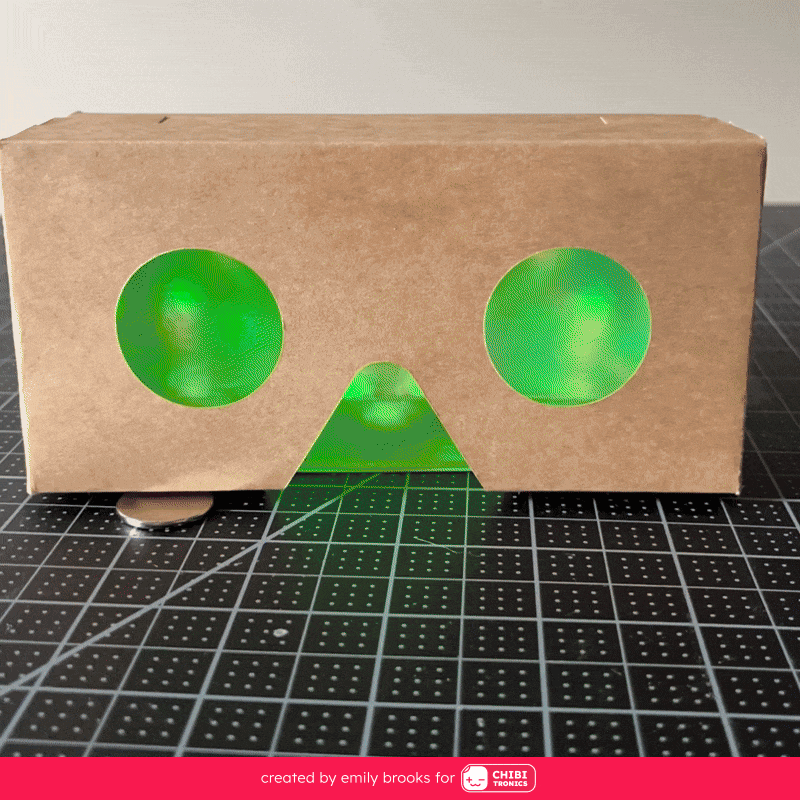
Chibitronics-Animating Rainbow Phosphene Simulator 6/5/25

Chibitronics-Light-Up Dragon Bookmark 1/30/25

Chibitronics-Light Up a Faux Gingerbread House 11/5/24
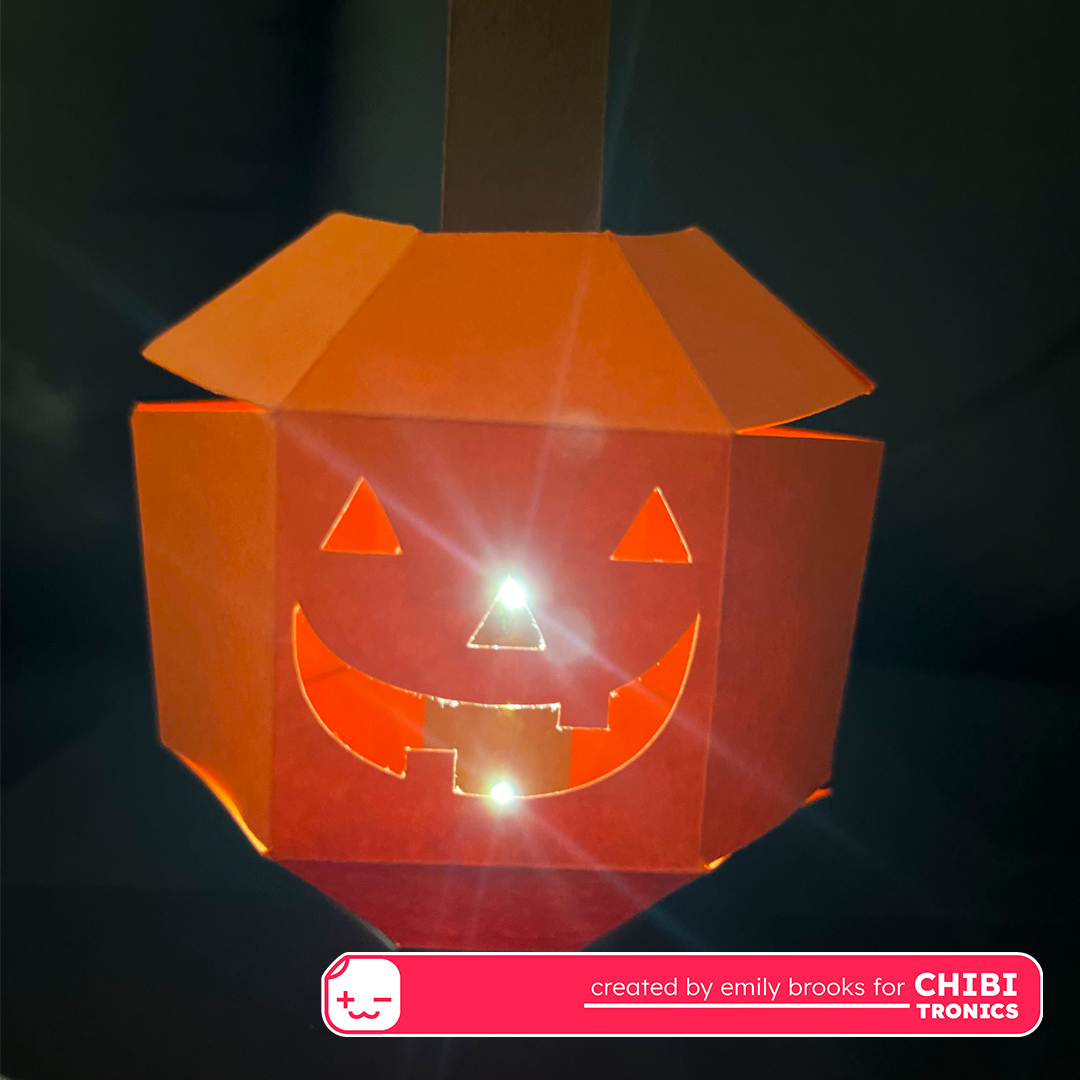
Chibitronics-How To Make A Light-Up Pop-Up Jack-O-Lantern 9/30/24
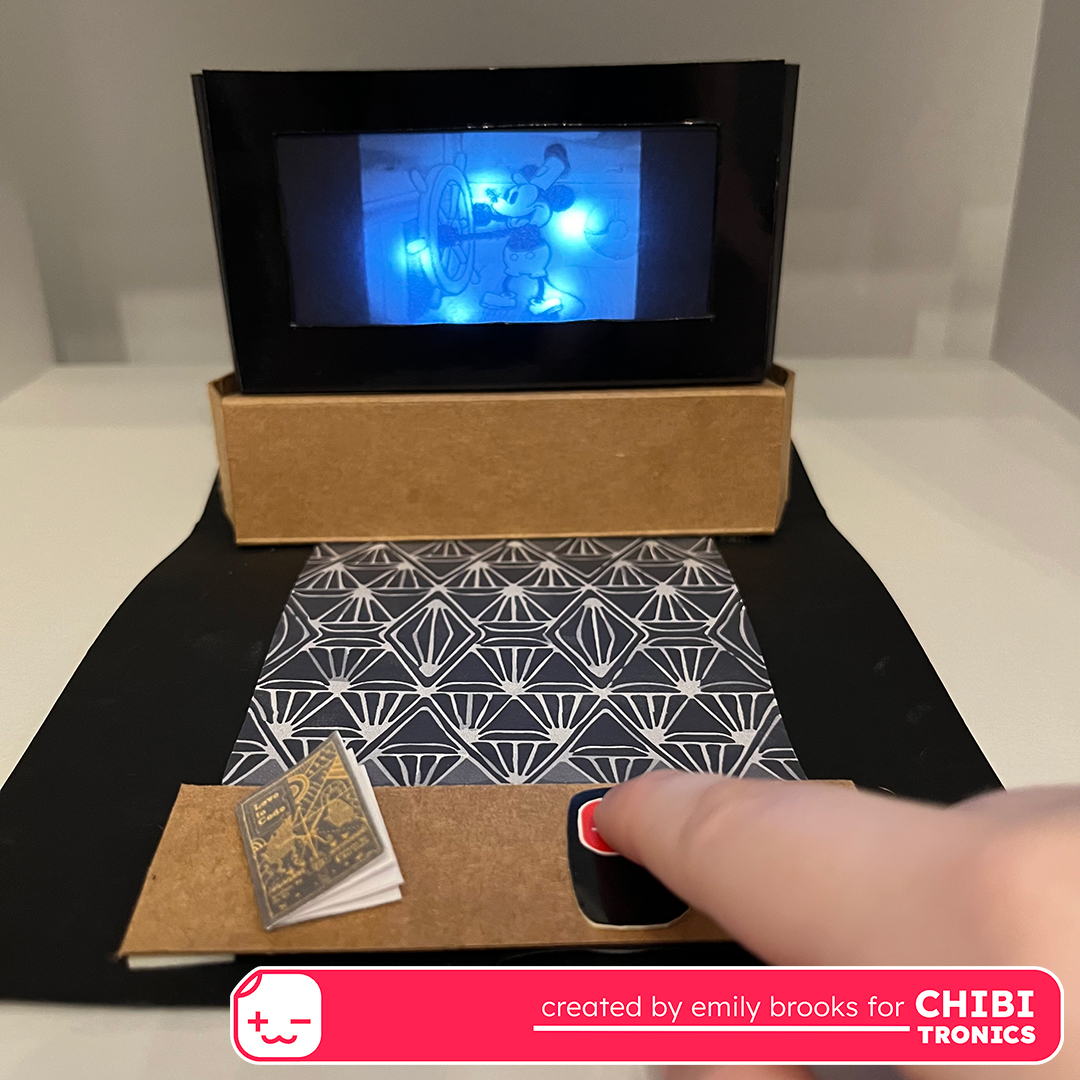
Chibitronics-How To Make A Light-Up Pop-Up TV 7/23/24
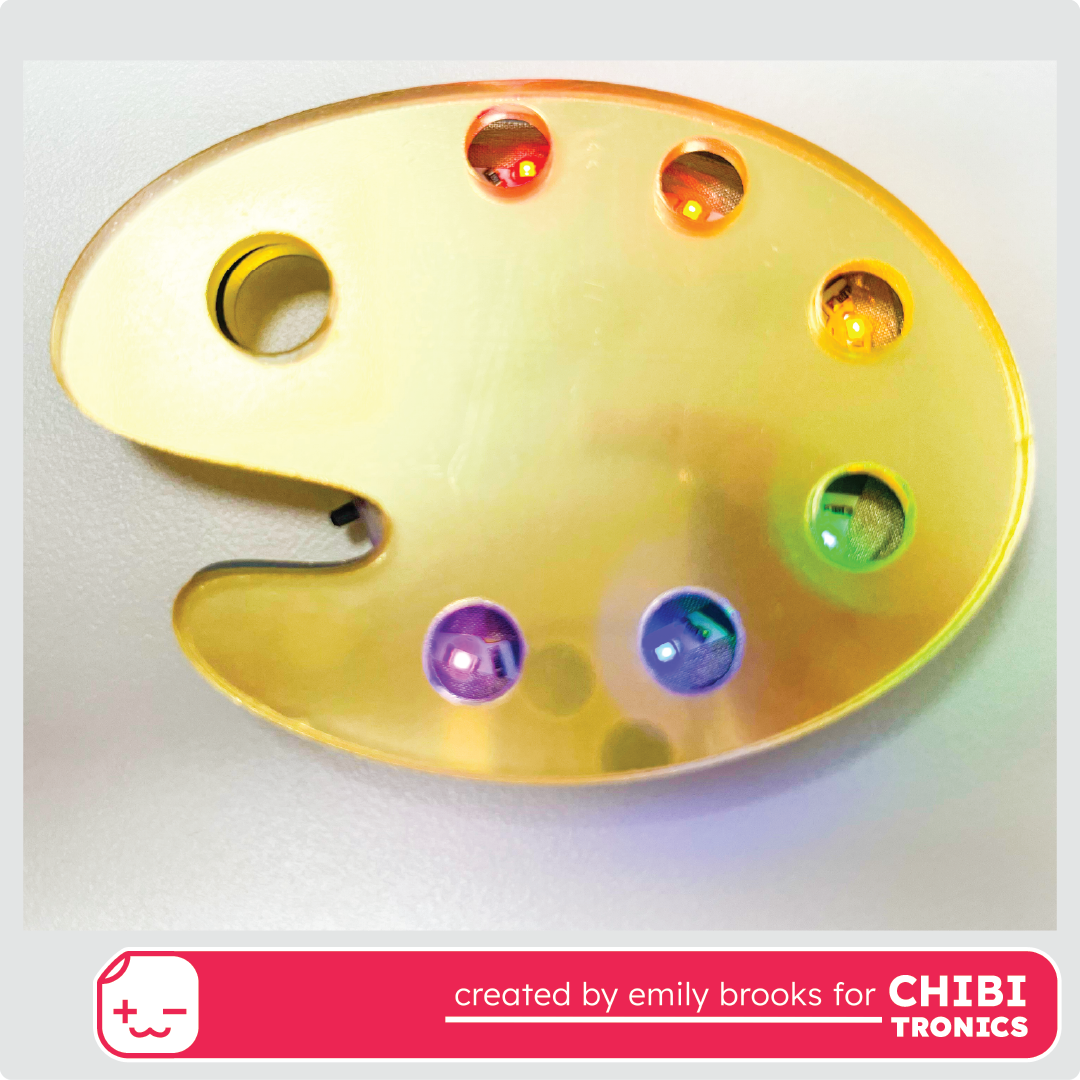
Chibitronics- Light-Up Artist Palette Magnet 5/2/24
How to Apply to an NEH Summer Institute 8/12/18
Reflections on the Digital Humanities + Design Symposium 5/9/17
Why I Use Google Slides Now 2/13/17
Journal Issue Introduction
TRACE Journal Issue 3: How We Make by Emily Brooks and Shannon Butts

